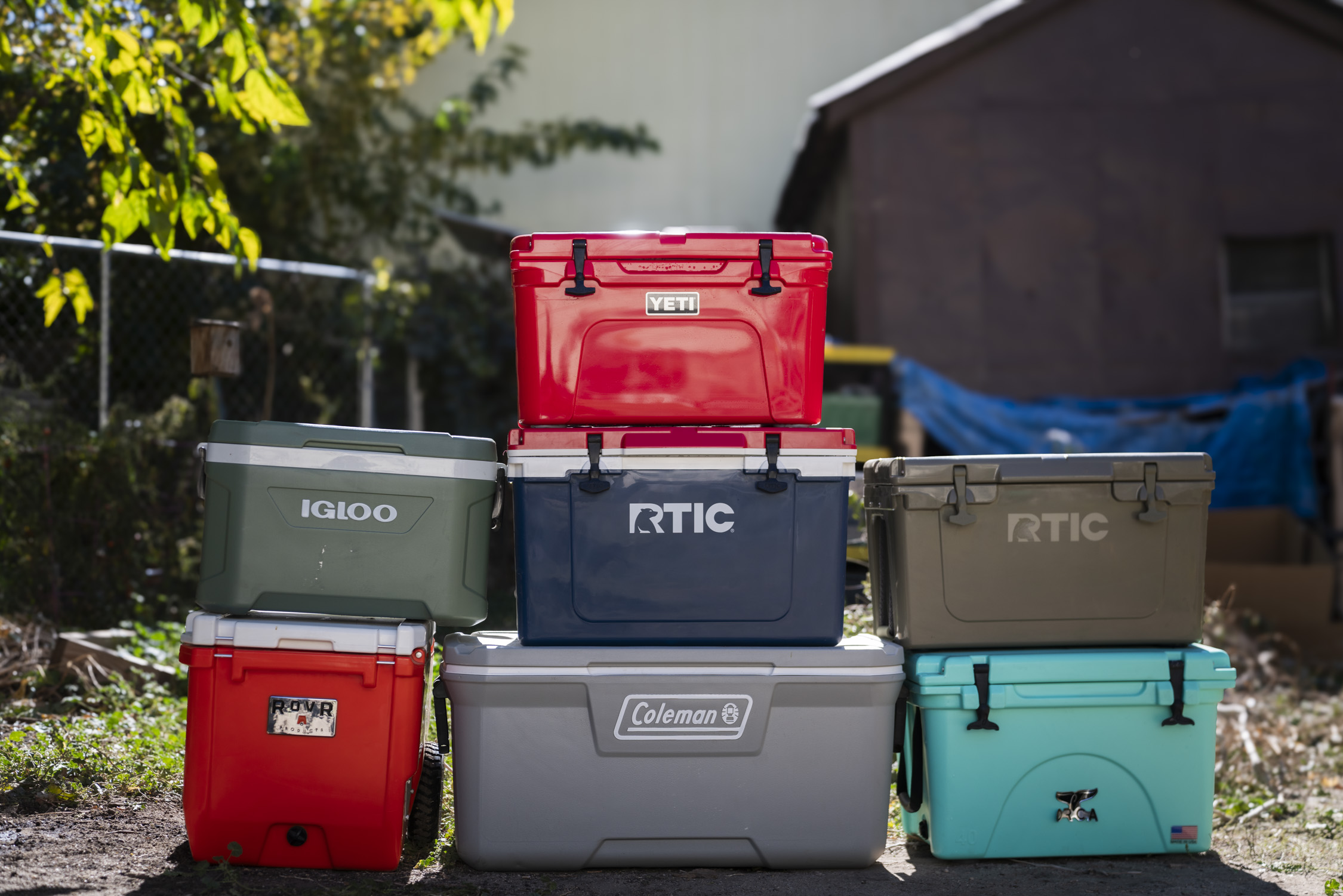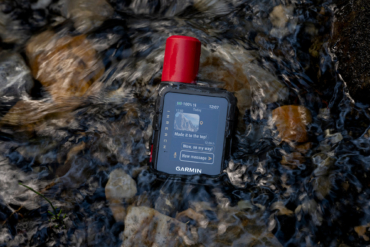This fast-charging, 1,229Wh power station and a matching solar panel were all I needed to work remotely on a months-long Pacific Northwest road trip.
I don’t have a ready-to-roll adventure van, kitted out with marine batteries, solar panels, and shore power. I have a pickup truck with a rooftop tent that’s both my long-haul rig and daily driver.
But as a full-time freelancer, I have a lot of opportunities to spend months at a time traveling. And working from the road, and the need for a lot of electricity when I do, laptops, cameras, and phones are just the beginning.
Whatever “work remote” infrastructure I build into the truck needs to be small, probably sit in the bed, and be capable of being removed easily. I’ve used a handful of power systems on various trips, but none have held as much juice and worked as seamlessly as Anker’s 757 PowerHouse.
In short: Anker is pretty popular for its wall chargers, cables, and smaller power banks, but the 757 PowerHouse ($1,400) is the brand’s first foray into big mobile power banks (1,200+Wh capacity). I had a chance to test both the 757, as well as the matching Anker 625 Solar Panel ($330) during a 2-month road trip from Colorado to the Pacific Northwest earlier this spring, using them as the only primary source of power for two people.
Editor’s note: A previous version of this article stated that the 757 PowerHouse was Anker’s first power station, however, Anker began making its 500 series, LiFePO4-lithium battery-powered models as early as 2021, and its much smaller PowerHouse 200 in 2018. This is the first high capacity power station from the brand.
Anker 757 PowerHouse Review

So yes, Anker’s power station name is reminiscent of a 200,000-pound commercial plane — its burly nature isn’t exactly subtle. What’s more, this powerhouse of a power station is nearly double the price tag of one of its 1,200Wh competitors, the Bluetti EB120 1200W ($699). So, why are we reviewing the Anker? Why is this burly power station worth considering?
For one, it charges incredibly fast. Forget a 4- to 10-hour charge time (for other similar power stations on market). The 757 charges in just 1.5 hours thanks to a max 1,000W input.
The incorporated light bar is a unique touch we haven’t seen on other power stations. And finally, while most other brands offer a 2-year warranty, Anker is backing up its 757 PowerHouse with a 5-year warranty.
757 PowerHouse Specs
- Battery type: LiFePO4 lithium
- Materials: Automotive-grade aluminum alloy frame
- Capacity: 1,229 Wh
- Cycle life: 3,000+ cycles
- Estimates recharge time with max input power (1,000W): 1.5 hours
- AC total output: 1,500 W
- DC max input: 300 W
Unlimited Power

My first impression of the 757 came from pulling it out of the box: It’s heavy and large. The lithium-ion power bank holds 1,229 Wh of juice, enough to completely recharge my iPhone 11 roughly 100 times.
All that stored power comes at a cost: The power bank weighs in at 44 pounds (heavier than our recently tested BioLite BaseCharge 1500, but lighter than the Goal Zero Yeti 1400). Two sturdy, easy-to-grab handles make lugging it around easy.
My solution was to strap the power bank down in the bed of my truck, right next to a 12V outlet which would allow the power bank to recharge from the truck’s alternator, but only when I was driving.
My goal heading off on this trip was that the 757 would keep MacBook Pro laptops, cellphones, mirrorless cameras, headlamps, etc. charged for me and my partner. It could also continuously run my Dometic CFX3 refrigerator, which was plugged into the 12V outlet on the battery. When we were stationary, I would unplug the battery from the truck and plug in the 100W 625 Solar Panel.
Many Ports, Easy to Use

Over the course of our trip, I was extremely impressed with the system’s capacity and ease of use. The 757 features 13 different ports (one car socket, two USB-C, four USB-A, and six AC sockets) — the most we’ve seen on a power station of this size and watt-hour capacity.
I never found myself using more than three or four at a time, but I had no issue when I did. Power delivery to my devices was fast and reliable.
The screen on the 757 is bright and easy to understand, showing me how much power was coming in (either from the truck or the solar panel), how much was going out, and which ports were using it.
My only complaint was that the display turned itself off after only a few seconds, which made it hard to monitor the power from a distance. But someone less interested in the numbers probably wouldn’t ever notice. There’s also a power-saving mode that switches off outlets not in use, to keep the draw to a minimum.

During the long drive up to Washington, and short hops from volcano to volcano, my truck was able to efficiently recharge the power bank. On a few occasions, we stopped to camp for a few days.
That’s when I would pull out the solar panel, running the included XT-60 to XT-60 cable between it and the power bank to keep the electricity flowing. I did find myself wishing the cable were a little bit longer at times, but overall the setup was good.
The 625 Solar Panel folds out into four sections capable of collecting 100 W of power in good sunlight. There’s an integrated sundial that makes it easy to keep the panel oriented directly into the sun. There are also adjustable kickstand legs. The solar panel is pretty standard compared to others on the market.
Conclusion

Compared to other portable power banks, I was impressed not only with the capacity and efficiency (it can go from 0% to an 80% charge in an hour) of the 757 but also with the user-friendliness and simplicity of the ecosystem Anker is building around this unit.
Anker makes it easy to understand how much power is coming and going from storage, and how it’s used. And when I don’t need it anymore, it’s a cinch to just unplug, pull out of my truck, and keep it handy at home.
For a 2-month-long trip, using the 757 PowerHouse and 625 felt like a sustainable, self-sufficient system for keeping all my electronics charged and functional. The 757 PowerHouse is an impressive first for an electronics brand like Anker.
Check 757 PowerHouse Price at AnkerCheck 757 PowerHouse Price at AmazonCheck 625 Solar Panel Price at Amazon





